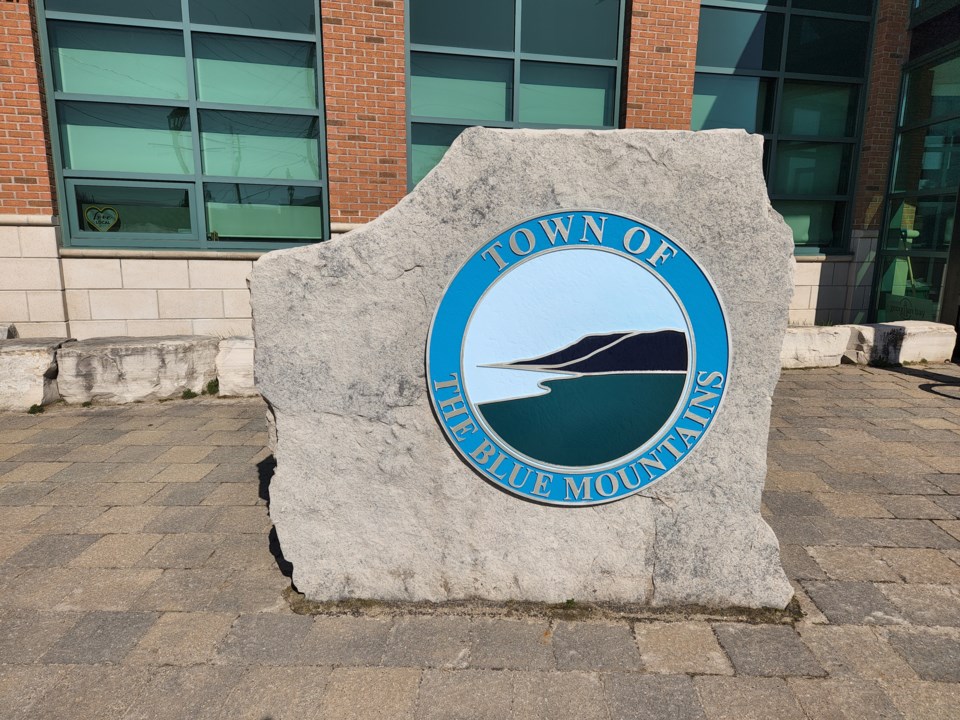The Blue Mountains council has wholeheartedly endorsed the concept of collaborating with the Town of Collingwood on a joint recreation centre feasibility study.
Unlike in Collingwood where the plan was narrowly approved in a 5-4 vote, The Blue Mountains council voted unanimously in favour of pursuing a joint study with Collingwood.
Council made the decision at its committee of the whole meeting on August 14 after town staff brought forward a report that recommended moving forward with the joint study concept. The timing has lined up well for the two neighbours, as both have committed funds to a feasibility study about future recreation needs.
“Staff do believe there is a unique opportunity,” said Ryan Gibbons, the town’s director of community services.
The project was universally praised by members of council.
“This is very exciting. There is so much opportunity here,” said Coun. Paula Hope.
Coun. June Porter said the cost of recreation facilities continues to increase putting them out of reach of smaller communities.
“This is excellent news,” Porter said of the plan to study the feasibility of a joint project.
Coun. Gail Ardiel said a regional approach makes a lot of sense.
“It’s about time. We have to take the blinders off and start looking at this holistically for the area,” said Ardiel, adding that the dream would be a facility similar to the Rec Plex in Wasaga Beach. “It would be beautiful if the two towns could get together and have something like that. It’s something we all need. We’ve got to look to the future.”
In his report, Gibbons said the town has $140,000 in reserve for the recreation feasibility study. The funding was approved through the town’s leisure activities plan process in 2021. He said the joint project is expected to cost $200,000, with the costs being split 50/50. Gibbons said the remainder of the money could be held in reserve in case anything unforeseen arises during the study.
“In a municipal context, a feasibility assessment is a tool used to confirm community needs, in a prioritized framework, for both the current time frame as well as a defined future scope,” Gibbons said in his report. “It often utilizes a strengths, weaknesses, opportunities, and threats (SWOT) analysis of current conditions, alongside community consultation, research of best practices, planning and forecasting tools, and the contextual review and application of other municipal plans and documents to provide more information that will allow council to make a 'go/no-go' decision on further progressing plans for a major capital project.”
